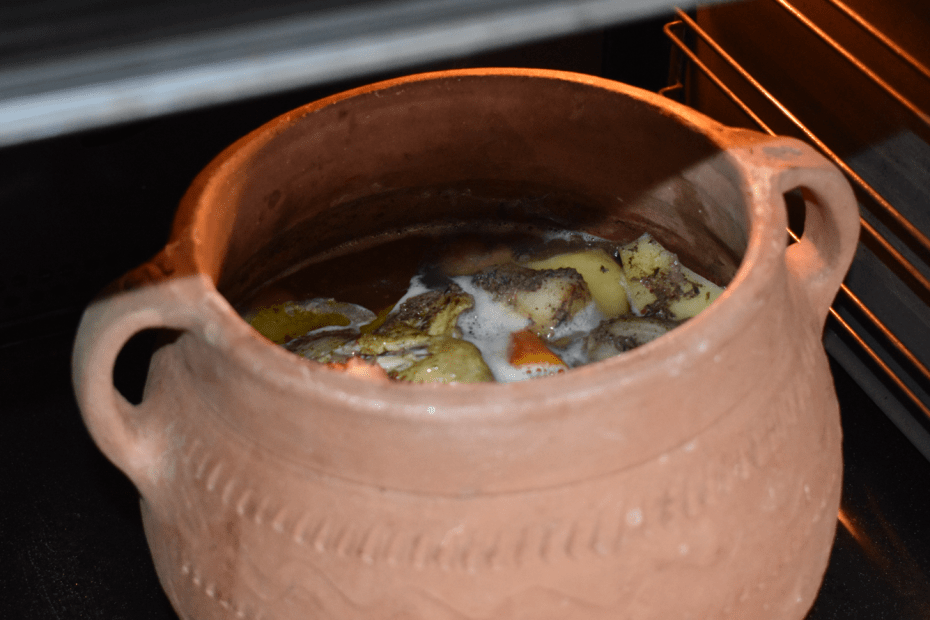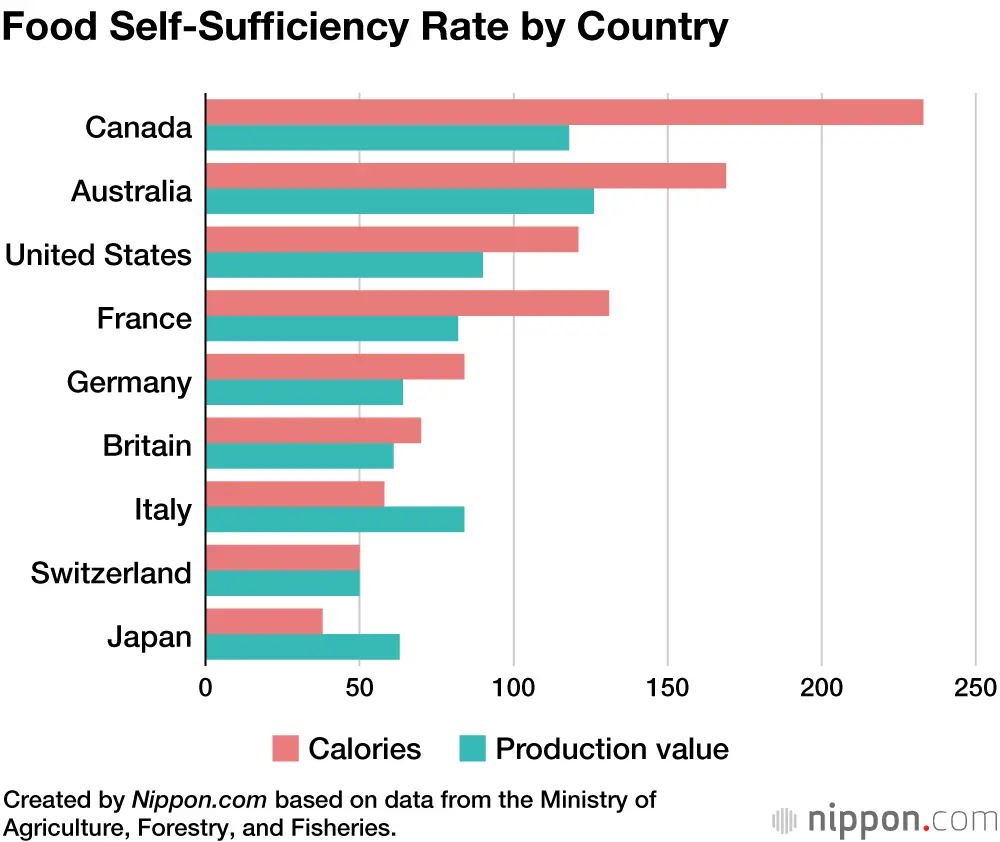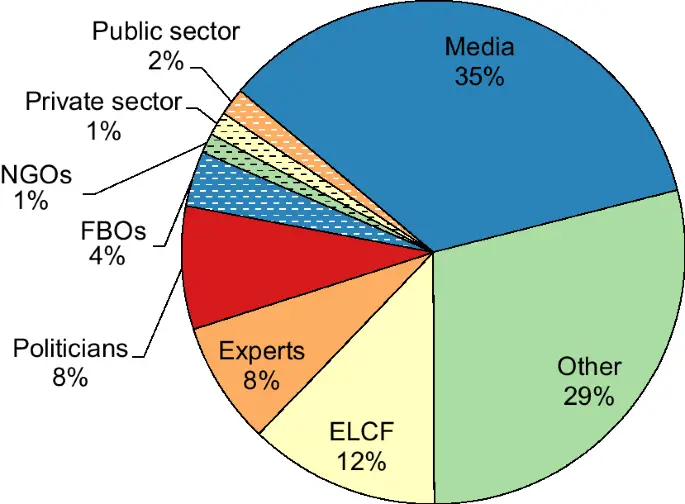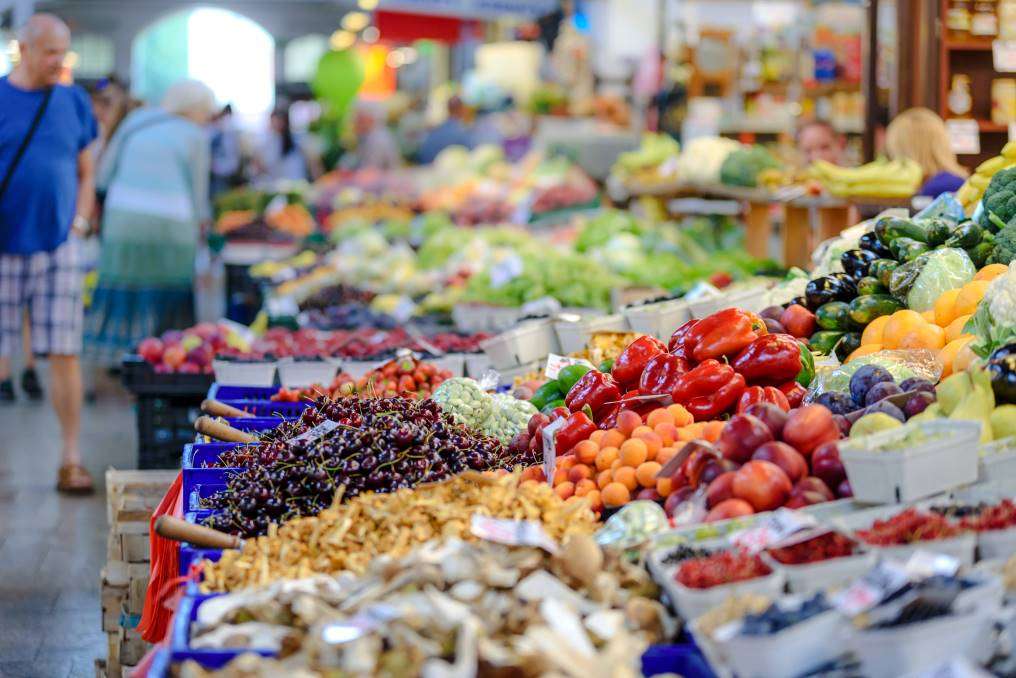You may be wondering whether clay cookware is safe for food. In this article, we will explore the topic and provide you with all the information you need to make an informed decision. We will discuss the benefits of using clay cookware, any potential risks or concerns, and offer tips on how to properly care for and maintain your clay cookware. By the end of this article, you will have a clear understanding of whether clay cookware is a safe and healthy option for your kitchen.
Is Clay Cookware Safe for Food?
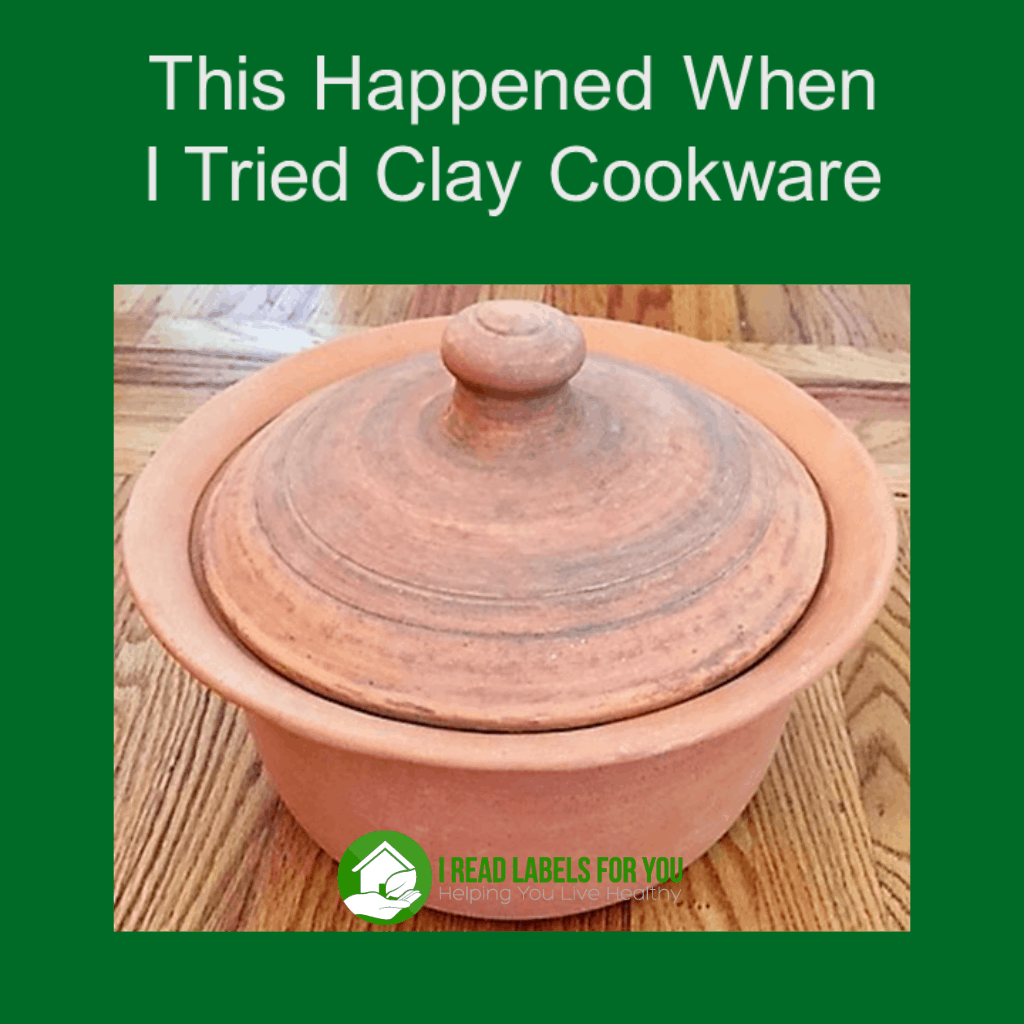
Introduction
Clay cookware has been used for centuries in various cultures around the world. It is known for its unique ability to retain heat and distribute it evenly, resulting in flavorful and healthy meals. But is clay cookware safe for food? In this article, we will explore the different types of clay used in cookware, the benefits of using clay cookware, its impact on food safety, and how it compares to other common cookware materials.
Understanding Clay Cookware
What is clay cookware?
Clay cookware is made from natural clay that is molded and fired at high temperatures to create various cooking vessels such as pots, pans, and baking dishes. These cooking vessels are then glazed or left unglazed, depending on the type of clay used and the desired cooking properties.
Types of clay used in cookware
There are several types of clay used in cookware, including earthenware, stoneware, and porcelain. Earthenware clay is the most porous and least durable, while stoneware clay is denser and more suitable for high-heat cooking. Porcelain clay is highly durable and can withstand extreme temperatures, making it ideal for baking and roasting.
Benefits of using clay cookware
One of the main benefits of using clay cookware is its ability to retain heat and distribute it evenly. This results in thorough and even cooking, ensuring that your food is cooked to perfection. Additionally, clay cookware has natural non-stick properties, making it unnecessary to use excessive amounts of oil or fat when cooking. This can be a healthier alternative for those looking to reduce their fat intake. Clay cookware also retains the nutrients in food, preventing them from being lost during the cooking process.
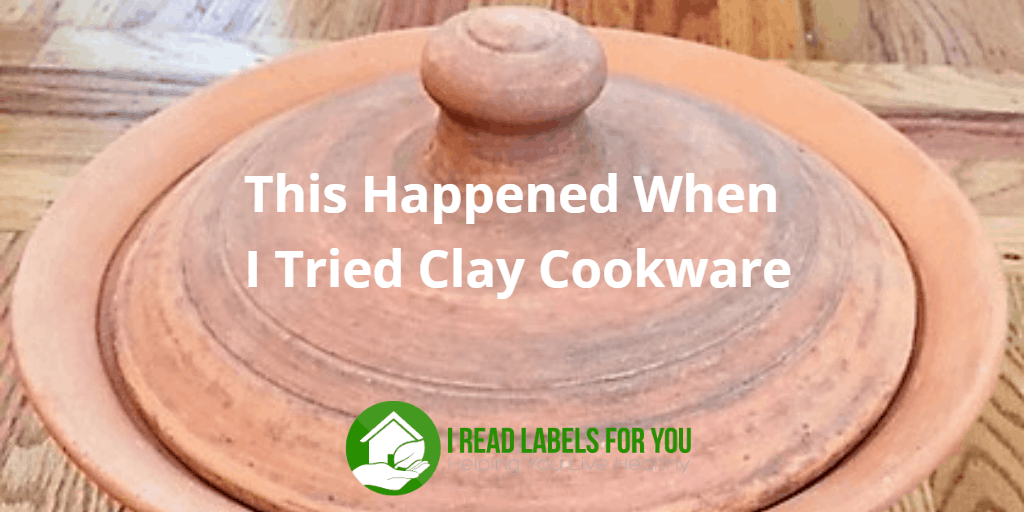
Clay Cookware and Food Safety
Is clay cookware safe for food?
Clay cookware is generally safe for food when used properly. However, there are certain factors that can influence its safety. It is important to ensure that the clay cookware you choose is made from food-safe materials and is free from any harmful contaminants. Additionally, using clay cookware that is unglazed or glazed with food-safe glazes is recommended to avoid any potential leaching of harmful substances into your food.
Factors influencing food safety with clay cookware
There are a few factors that can affect the food safety of clay cookware. Firstly, the quality and authenticity of the clay cookware play a significant role. Cheaper, mass-produced clay cookware may not adhere to the same safety standards as artisanal or high-quality brands. It is important to choose cookware from reputable brands and ensure that it meets food safety regulations.
Another factor to consider is the cooking temperature. While clay cookware is excellent at retaining heat, it is not suitable for extreme temperature changes. Rapid temperature changes can cause the cookware to crack or break, potentially contaminating your food. It is important to follow the manufacturer’s instructions and allow the cookware to gradually heat up or cool down before and after use.
Advantages of clay cookware for food safety
Despite the factors that can influence food safety, clay cookware offers several advantages in terms of food safety. Clay is a natural material and does not contain any harmful chemicals or toxins. It is an inert material that does not react with acidic or alkaline foods, ensuring that your food remains free from any unwanted flavors or substances. Additionally, clay cookware does not release any harmful fumes or toxins when heated, ensuring that your kitchen remains a safe environment for cooking.
Concerns regarding food safety with clay cookware
While clay cookware is generally safe for food, there are a few concerns to be aware of. As mentioned earlier, clay cookware can crack or break if exposed to sudden temperature changes. This can potentially contaminate your food and may result in injury if sharp pieces of clay are ingested. It is important to handle clay cookware with care and avoid subjecting it to extreme temperature changes.
Another concern is the porosity of clay cookware, especially unglazed earthenware. It can absorb some of the flavors and odors of the food cooked in it over time, which may affect the taste of future meals. It is recommended to dedicate specific clay cookware for certain types of dishes to prevent flavor transfer.
Benefits of Using Clay Cookware
Health benefits of cooking with clay
Cooking with clay cookware offers several health benefits. Firstly, clay cookware requires less oil or fat for cooking due to its natural non-stick properties. This can be beneficial for those looking to reduce their fat intake and promote a healthier diet. Additionally, clay cookware retains the nutrients in food, ensuring that you get the maximum nutritional value from your meals. The slow and even cooking process of clay cookware also helps to preserve the flavors and textures of the ingredients, resulting in delicious and wholesome dishes.
Enhanced flavors and textures
One of the unique qualities of clay cookware is its ability to enhance the flavors and textures of your dishes. The porous nature of clay allows moisture to escape slowly during cooking, resulting in concentrated flavors and tender textures. This slow cooking process helps to develop rich and complex flavors, making your meals more enjoyable and satisfying.
Natural non-stick properties
Clay cookware has natural non-stick properties, which means you can cook with less oil and achieve healthier results. The porous surface of unglazed clay absorbs some of the natural fats and oils from the food, preventing it from sticking to the cookware. This can be beneficial for those who are conscious of their fat intake or who simply prefer to cook with less oil.
Retaining nutrients in food
One of the main benefits of using clay cookware is its ability to retain the nutrients in food. Unlike metal cookware, which can react with certain ingredients and cause nutrient loss, clay cookware is inert and does not alter the nutritional content of your food. This means that you can enjoy meals that are not only delicious but also packed with essential vitamins, minerals, and antioxidants.
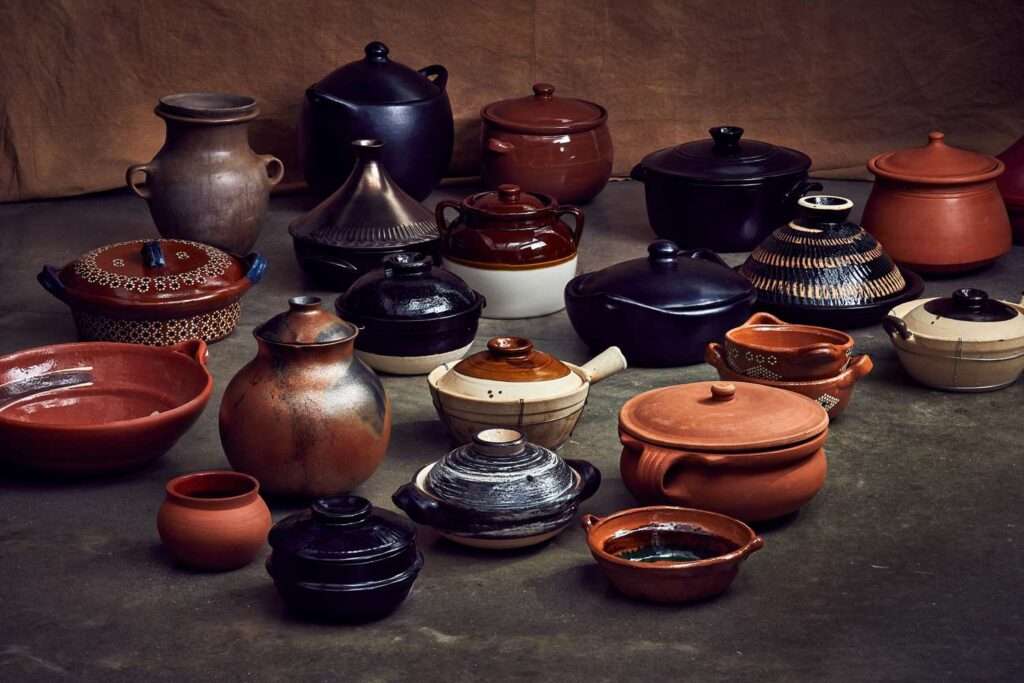
How Clay Cookware Works
Heat distribution in clay cookware
Clay cookware is known for its excellent heat distribution properties. When heated, clay absorbs the heat and gradually releases it, resulting in even and gentle cooking. This helps to prevent hotspots and ensures that your food is cooked consistently throughout. The heat retention of clay cookware is ideal for slow-cooked dishes and recipes that require controlled heat.
Retaining moisture in clay pots
One of the key advantages of cooking with clay pots is their ability to retain moisture. The porous nature of clay allows moisture to escape slowly during cooking, which helps to keep the food moist and tender. This is particularly beneficial for braised dishes, stews, and soups, where the slow evaporation of moisture helps to develop flavor and maintain the desired consistency.
Slow and even cooking process
Clay cookware promotes a slow and even cooking process, which is ideal for achieving tender and flavorful results. The heat distribution in clay cookware ensures that the food is cooked uniformly, preventing overcooked or undercooked areas. This gentle cooking method helps to soften tough cuts of meat, enhance the flavors of spices and herbs, and develop rich and complex tastes.
Maintaining consistent heat
Another advantage of clay cookware is its ability to maintain consistent heat. Once heated, clay retains the heat for a longer duration, allowing you to cook your meals at a steady temperature. This is particularly beneficial for cooking techniques that require precise and controlled heat, such as simmering, braising, and baking. The consistent heat in clay cookware helps to prevent burning or scorching of the food, resulting in perfectly cooked dishes.
Seasoning and Maintaining Clay Cookware
Seasoning clay cookware
Seasoning clay cookware is an essential step to enhance its natural non-stick properties and protect it from cracking or breaking. To season your clay cookware, you can soak it in water overnight before its first use. After soaking, gently wash it with a mild detergent and rinse thoroughly. Dry the cookware completely before applying a thin layer of cooking oil or fat to the entire surface, including the outside. This will help to seal the pores and create a protective layer, making your cookware more resistant to food sticking and cracking.
Cleaning and storing clay cookware
When it comes to cleaning clay cookware, it is important to avoid using harsh abrasive cleaners or metal scouring pads, as they can damage the surface. Instead, use a soft sponge or cloth and a mild dish soap to clean the cookware. Rinse thoroughly and allow it to air dry completely before storing. To prevent the cookware from absorbing any unwanted odors, store it in a clean and dry place away from strong-smelling substances.
Avoiding common mistakes
To ensure the longevity and effectiveness of your clay cookware, it is important to avoid some common mistakes. Firstly, avoid subjecting the cookware to extreme temperature changes, as this can cause it to crack or break. Gradually heat up or cool down the cookware to minimize the risk of damage.
Secondly, avoid using metal utensils on the surface of the cookware, as they can scratch and damage the clay. Instead, opt for wooden or silicone utensils, which are gentler on the surface.
Lastly, do not expose the cookware to an open flame or direct heat on gas stovetops. Clay cookware is not designed to withstand direct heat, and exposing it to flames or direct heat sources can cause it to crack or break.
Longevity of clay cookware
With proper care and maintenance, clay cookware can last for many years. However, it is important to note that clay is a fragile material and can break if mishandled or subjected to extreme conditions. By following the manufacturer’s instructions, seasoning the cookware, and avoiding common mistakes, you can ensure that your clay cookware remains in good condition and continues to provide excellent cooking results.
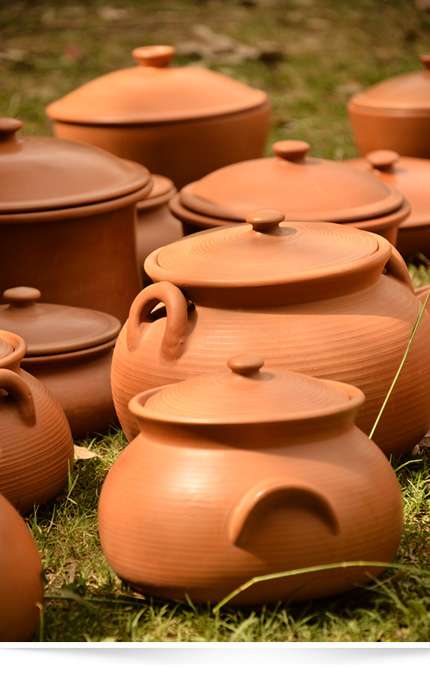
Choosing the Right Clay Cookware
Different types of clay cookware
There are several types of clay cookware available on the market, each with its own unique properties and benefits. Earthenware clay cookware is the most porous and least durable, making it ideal for slow cooking and low-heat recipes. Stoneware clay cookware is denser and more suitable for high-heat cooking, making it versatile for a wide range of recipes. Porcelain clay cookware is highly durable and can withstand extreme temperatures, making it suitable for baking and roasting.
When choosing the right clay cookware for your needs, consider the type of dishes you frequently cook and the heat sources you use. This will help you determine the most suitable type of clay cookware for your cooking style.
Evaluating quality and authenticity
To ensure that you are purchasing high-quality and authentic clay cookware, there are a few factors to consider. Firstly, check the reputation of the brand or manufacturer. Research their history, customer reviews, and certifications to ensure that they adhere to food safety and quality standards.
Secondly, evaluate the craftsmanship and finishing of the cookware. High-quality clay cookware should have a smooth and even surface, with no visible cracks or imperfections. It should also be sturdy and well-made, indicating that it will withstand regular use.
Lastly, look for cookware that is made from natural and food-safe materials. Avoid cookware that contains any harmful chemicals or toxins, as they can leach into your food during cooking.
Factors to consider when purchasing clay cookware
When purchasing clay cookware, there are a few factors to consider to ensure that it meets your specific needs. Firstly, consider the size and capacity of the cookware. Choose a size that is suitable for the amount of food you typically cook to prevent overcrowding or excess space.
Secondly, consider the type of cooking you will be doing. If you frequently bake or roast, choose clay cookware that is suitable for high-heat cooking. If you prefer slow cooking or braising, opt for cookware specifically designed for low-heat cooking.
Lastly, consider the long-term maintenance and care required for the cookware. Some types of clay cookware may require more regular seasoning or special care to ensure their longevity. Choose cookware that aligns with the level of maintenance you are comfortable with.
Alternatives to Clay Cookware
Other common cookware materials
While clay cookware offers unique benefits, there are several other common cookware materials available on the market. These include stainless steel, cast iron, non-stick, and ceramic cookware.
Stainless steel cookware is durable, non-reactive, and suitable for high-heat cooking. Cast iron cookware offers excellent heat retention and even cooking, but it requires regular seasoning and maintenance. Non-stick cookware is convenient and requires less oil or fat for cooking, but it may not be as durable or suitable for high-heat cooking. Ceramic cookware is similar to clay cookware in terms of heat retention and even cooking, but it may not have the same natural non-stick properties.
Comparing safety and benefits
When comparing clay cookware to other common cookware materials in terms of safety and benefits, it is important to consider your specific needs and preferences. Each type of cookware has its own advantages and disadvantages, so it is important to choose the one that aligns with your cooking style and priorities.
If food safety is your main concern, clay cookware offers the advantage of being made from natural, inert materials that do not react with food. It is free from harmful chemicals and toxins, making it a safe choice for cooking.
However, if durability, versatility, or convenience is important to you, other materials such as stainless steel or non-stick cookware may be better suited for your needs. It is important to weigh the pros and cons of each type of cookware and choose the one that best fits your preferences and requirements.
Choosing the best cookware for your needs
Ultimately, the best cookware for your needs will depend on your personal preferences, cooking style, and priorities. Consider factors such as heat retention, durability, non-stick properties, and ease of maintenance when making your decision. It may be beneficial to have a combination of cookware materials in your kitchen to cater to different cooking techniques and recipes. By choosing the best cookware for your needs, you can ensure that your culinary adventures are safe, enjoyable, and delicious.
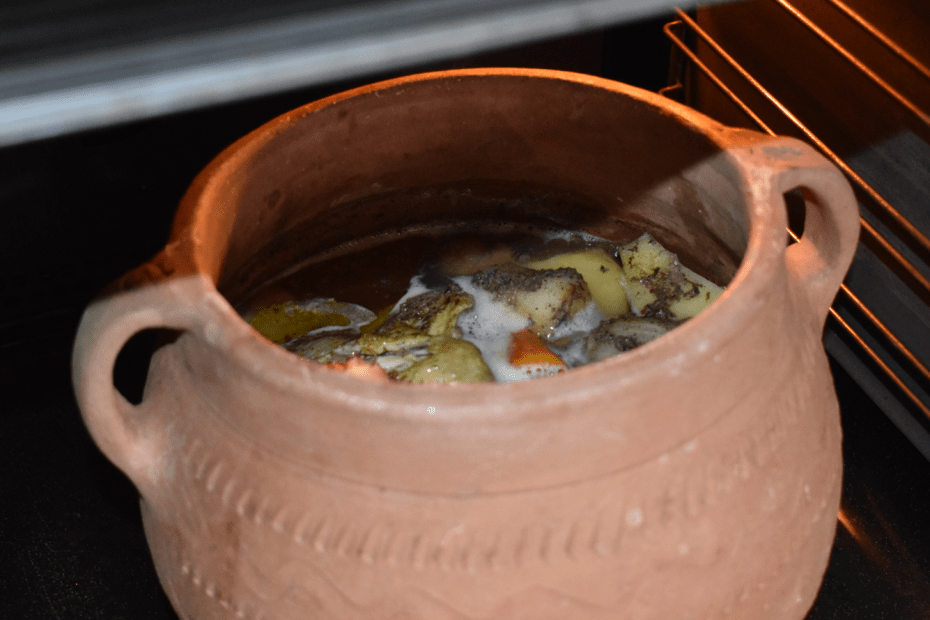
Tips for Safe and Healthy Cooking with Clay
Pre-soaking clay cookware
To prevent cracking or breaking, it is recommended to pre-soak clay cookware before use. Simply submerge the cookware in water for at least 30 minutes before cooking. This helps to moisten the clay and prevent it from rapidly absorbing heat, reducing the risk of damage.
Using appropriate heat sources
When cooking with clay cookware, it is important to use appropriate heat sources. Clay cookware is not suitable for direct heat or open flames. Instead, use a heat diffuser or a gas stove with a low flame to ensure even and controlled heat distribution.
Avoiding sudden temperature changes
To prevent cracking or breaking of clay cookware, it is important to avoid sudden temperature changes. Allow the cookware to gradually heat up or cool down by adjusting the heat source accordingly. This helps to minimize stress on the clay and maintain its structural integrity.
Cooking acidic foods in clay pots
While clay cookware is generally safe for cooking acidic foods, it is recommended to use glazed or seasoned cookware for this purpose. Acidic ingredients can react with the clay and lead to a metallic taste or color change. Glazed or seasoned cookware provides a protective layer and helps to maintain the quality of the food.
Conclusion
In conclusion, clay cookware can be a safe and healthy option for cooking when used properly. It offers several benefits, including even heat distribution, moisture retention, natural non-stick properties, and nutrient retention. However, it is important to choose high-quality and authentic clay cookware, handle it with care, and follow the manufacturer’s instructions. By taking these precautions, you can enjoy the many advantages that clay cookware has to offer and create delicious and nutritious meals for you and your family.

